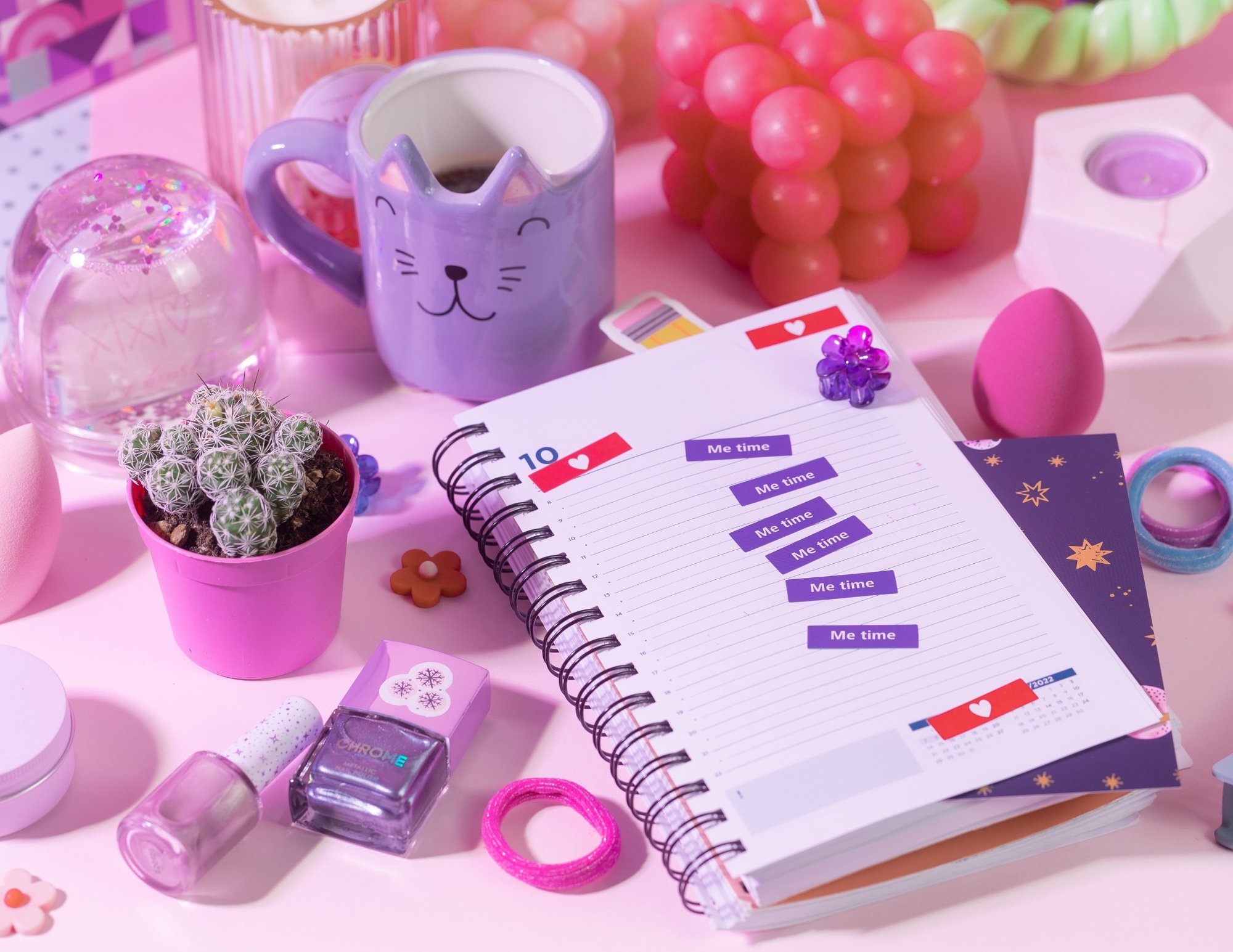What is a calm down kit you ask? Well, a calm down kit is a tool that can be used to help children self-regulate, center themselves, and reset. Building a calm down kit does not have to be expensive or complicated. You and your child can create a simple and effective calm down kit by focusing on items that engage with the five senses. So, grab a basket, box or bag and let’s begin to curate the ultimate calm down kit!
Below are some ideas for items or activities that your child might enjoy placing in their calm down kit that correlate with each of the five senses: Sight, Touch, Listen, Smell, and Taste.
Sight:
Items to add to your child’s calm down basket that will appeal to the visual senses might include:
-breathing exercise cards
-glitter jar or snow globe
-I Spy book
-family photo album
Touch
Below are some tools to help your child engage with the sense of touch:
-fidget toy, like a Pop-It
-palm or scalp massager
-putty or slime
-stress ball
-sensory bag or pillow
-Rubik’s cube
-soft and cozy blanket
-if younger, a favorite stuffed animal
Listen:
Items that will create a sense of calmness through listening might include:
-headphones to listen to a calming playlist
-rainstick
-sound machine
-music box
-chimes or gentle bells
Smell:
Aromatherapy is a great way to immediately trigger a sense of calm. Here are some objects you can add to your child’s calm kit to ignite the sense of smell:
-essential oils
-nature scents
-lotions
-scented markers
-scratch and sniff stickers
-candles
-diffusers
Taste:
It’s always nice for your child to have a little treat or something appealing to their sense of taste:
-dark chocolate
-mints or gum
-tea
-hard candy or lollipop
-favorite quick snack
Other Items to Include:
Some other items you may want to think about including in your child’s calm down basket might include:
-mindfulness coloring books
-yoga pose cards
-small puzzles or crossword books
-gratitude or regular journal
-bubbles
Depending on your child’s age and general self-regulation needs, invite them to select about 8-12 items to place in their calm basket to start. Objects can be swapped out monthly or seasonally. After selecting items for the kit, set some boundaries about when and how to use it. Your child should find a special place to put their calm down kit, ideally in a quiet and comfortable environment. A good time to use this kit is whenever they are feeling overwhelmed or frustrated or experiencing any other big emotion.
Calm down kits should be used for around 10-15 minutes per session as a quick brain and emotional reset. During this time your child should choose 2-3 items that they are drawn toward and that they feel will help them regulate their emotions and lift their mood.
A calm down kit is a simple and effective tool for social and emotional regulation that can be added to your house today! Here is an example of a calm basket shared on Peak’s Instagram account.
Written by Laine J.


